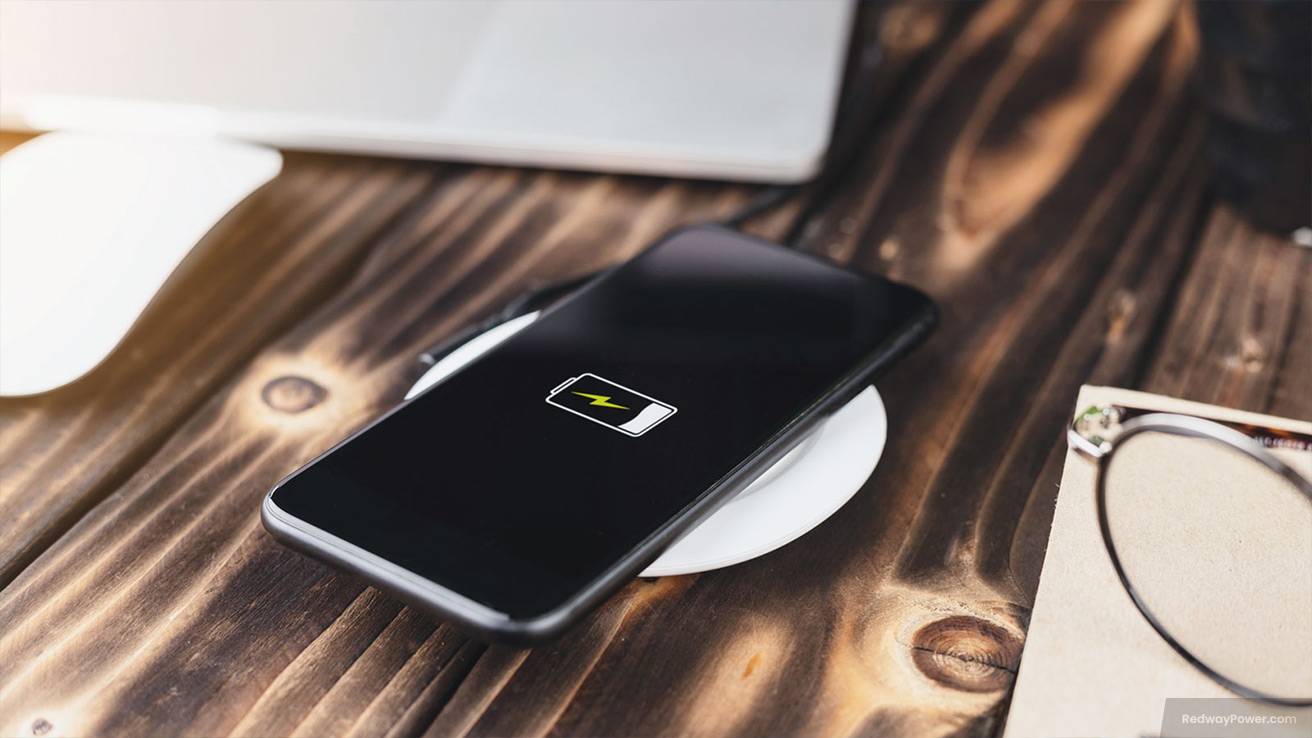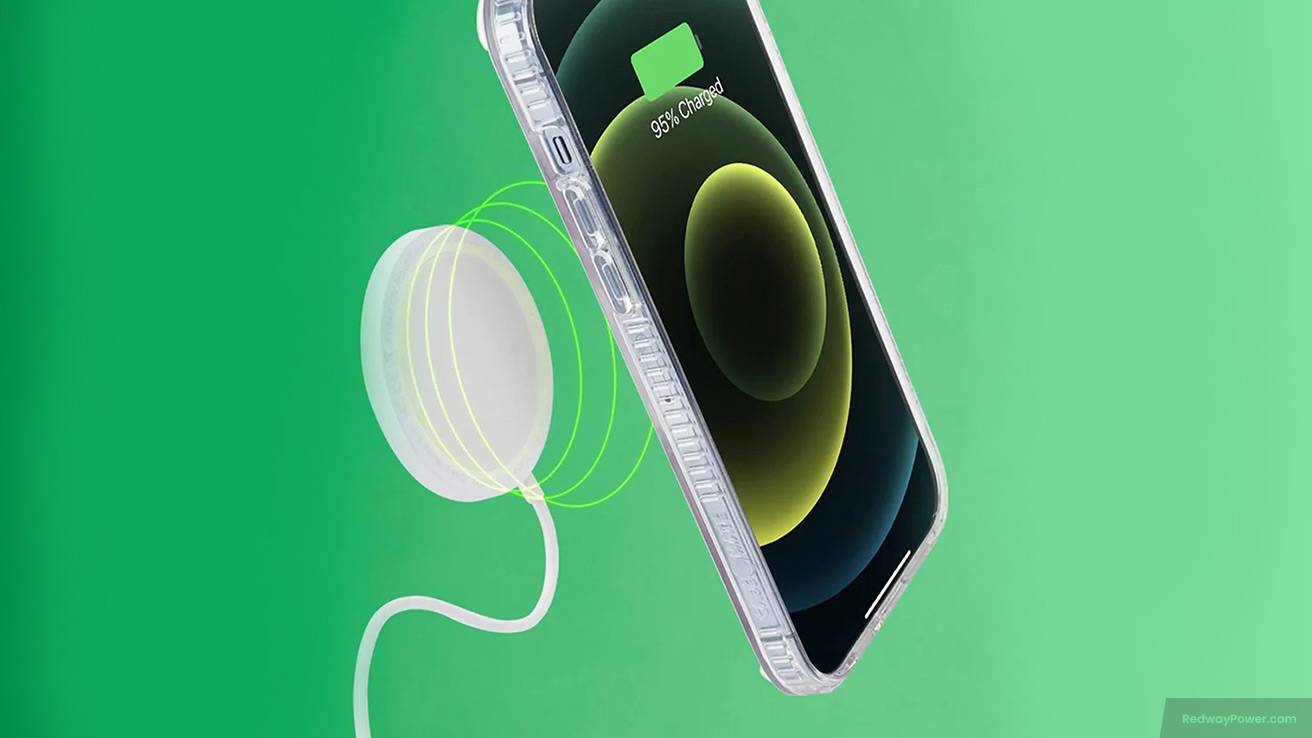- Forklift Lithium Battery
-
48V
- 48V 210Ah
- 48V 300Ah
- 48V 420Ah (949 x 349 x 569 mm)
- 48V 420Ah (950 x 421 x 450 mm)
- 48V 456Ah
- 48V 460Ah (830 x 630 x 590 mm)
- 48V 460Ah (950 x 421 x 450 mm)
- 48V 460Ah (800 x 630 x 600 mm)
- 48V 460Ah (820 x 660 x 470 mm)
- 48V 500Ah
- 48V 560Ah (810 x 630 x 600 mm)
- 48V 560Ah (950 x 592 x 450 mm)
- 48V 600Ah
- 48V 630Ah
-
48V
- Lithium Golf Cart Battery
- 12V Lithium Battery
12V 150Ah Lithium RV Battery
Bluetooth App | BCI Group 31
LiFePO4 Lithium
Discharge Temperature -20°C ~ 65°C
Fast Charger 14.6V 50A
Solar MPPT Charging - 24V Lithium Battery
- 36V Lithium Battery
- 48V Lithium Battery
-
48V LiFePO4 Battery
- 48V 50Ah
- 48V 50Ah (for Golf Carts)
- 48V 60Ah (8D)
- 48V 100Ah (8D)
- 48V 100Ah
- 48V 100Ah (Discharge 100A for Golf Carts)
- 48V 100Ah (Discharge 150A for Golf Carts)
- 48V 100Ah (Discharge 200A for Golf Carts)
- 48V 150Ah (for Golf Carts)
- 48V 160Ah (Discharge 100A for Golf Carts)
- 48V 160Ah (Discharge 160A for Golf Carts)
-
48V LiFePO4 Battery
- 60V Lithium Battery
-
60V LiFePO4 Battery
- 60V 20Ah
- 60V 30Ah
- 60V 50Ah
- 60V 50Ah (Small Size / Side Terminal)
- 60V 100Ah (for Electric Motocycle, Electric Scooter, LSV, AGV)
- 60V 100Ah (for Forklift, AGV, Electric Scooter, Sweeper)
- 60V 150Ah (E-Motocycle / E-Scooter / E-Tricycle / Tour LSV)
- 60V 200Ah (for Forklift, AGV, Electric Scooter, Sweeper)
-
60V LiFePO4 Battery
- 72V~96V Lithium Battery
- Rack-mounted Lithium Battery
- E-Bike Battery
- All-in-One Home-ESS
- Wall-mount Battery ESS
-
Home-ESS Lithium Battery PowerWall
- 24V 100Ah 2.4kWh PW24100-S PowerWall
- 48V 50Ah 2.4kWh PW4850-S PowerWall
- 48V 50Ah 2.56kWh PW5150-S PowerWall
- 48V 100Ah 5.12kWh PW51100-F PowerWall (IP65)
- 48V 100Ah 5.12kWh PW51100-S PowerWall
- 48V 100Ah 5.12kWh PW51100-H PowerWall
- 48V 200Ah 10kWh PW51200-H PowerWall
- 48V 300Ah 15kWh PW51300-H PowerWall
PowerWall 51.2V 100Ah LiFePO4 Lithium Battery
Highly popular in Asia and Eastern Europe.
CE Certification | Home-ESS -
Home-ESS Lithium Battery PowerWall
- Portable Power Stations
Why Does My Wireless Charger Get Hot During Use?

Wireless chargers can become hot during use due to the inefficiencies inherent in the wireless charging process. Understanding the causes of this heat generation and how to mitigate it can enhance both safety and charging efficiency.
What causes a wireless charger to heat up?
Wireless chargers heat up primarily due to energy loss during the charging process. When a device is placed on a wireless charger, energy is transferred through electromagnetic induction. This process is not 100% efficient, leading to heat generation as a byproduct. Factors such as device alignment, charger quality, and environmental conditions also contribute to increased temperatures.
| Cause of Heating | Description |
|---|---|
| Energy Loss | Inefficient energy transfer generates heat |
| Device Misalignment | Poor positioning leads to inefficient charging |
| Charger Quality | Low-quality chargers may lack proper cooling |
How does the wireless charging process generate heat?
Wireless charging uses electromagnetic fields to transfer energy between the charger and the device. Here’s how it works:
- Induction: Coils in both the charger and the device create an electromagnetic field.
- Energy Transfer: This field induces a current in the receiving coil, converting it into usable power.
- Heat Generation: As energy flows through these coils, some energy is lost as heat due to resistance in the wires and inefficiencies in the induction process.
Why is overheating a concern for wireless chargers?
Overheating can pose several risks:
- Device Damage: Excessive heat can damage internal components, especially lithium-ion batteries.
- Charging Interruptions: Many devices will stop charging if they detect high temperatures, leading to inadequate power delivery.
- Safety Hazards: In extreme cases, overheating could lead to battery swelling or even fires.
| Concern | Description |
|---|---|
| Device Damage | High temperatures can harm internal components |
| Charging Interruptions | Devices may halt charging at elevated temperatures |
| Safety Hazards | Risk of battery swelling or fire |
What factors can exacerbate heating issues in wireless chargers?
Several factors can increase the likelihood of overheating:
- Poor Ventilation: Charging on soft surfaces like beds or couches can trap heat.
- Incompatible Devices: Using chargers not designed for specific devices can lead to inefficient charging.
- Environmental Conditions: High ambient temperatures can further elevate charger temperatures.
How can I prevent my wireless charger from overheating?
To mitigate overheating issues:
- Use Quality Chargers: Invest in reputable brands that offer built-in cooling mechanisms.
- Remove Phone Cases: Cases can trap heat; removing them during charging helps with ventilation.
- Proper Placement: Ensure correct alignment on the charging pad for efficient power transfer.
- Charge in Cool Areas: Avoid direct sunlight or hot environments when charging.
| Prevention Method | Description |
|---|---|
| Use Quality Chargers | Choose reputable brands with safety features |
| Remove Phone Cases | Improves airflow and reduces heat retention |
| Proper Placement | Ensures efficient energy transfer |
| Charge in Cool Areas | Reduces external temperature effects |
What are the signs that my charger is overheating?
Signs of an overheating charger include:
- Excessive Heat: The charger becomes too hot to touch comfortably.
- Charging Interruptions: The device stops charging unexpectedly.
- Device Warnings: Some smartphones will display warnings if they detect high temperatures.
Tips for Battery Wholesale Buyers
When considering bulk purchases or OEM orders, it’s crucial to select reliable manufacturers like Redway Power, known for their high-quality lithium-ion solutions with over 13 years of experience. The process involves:
- Identifying your specific needs regarding capacity and application.
- Requesting quotes from manufacturers while ensuring compliance with industry standards.
- Evaluating the manufacturer’s ability to meet your production timelines and quality requirements.
Redway Power Expert Views
“Understanding how wireless chargers operate is essential for safe usage,” states an expert from Redway Power. “By following best practices for placement and using quality products, users can significantly reduce the risk of overheating while enjoying the convenience of wireless technology.”
FAQ Section
- Why does my wireless charger get hot?
Wireless chargers generate heat due to energy loss during the induction process, which is not 100% efficient. - Is it normal for a wireless charger to be warm?
Yes, some warmth is normal; however, excessive heat may indicate an issue that needs addressing. - How can I prevent my wireless charger from overheating?
Use quality chargers, ensure proper alignment, remove phone cases while charging, and charge in cool areas.














